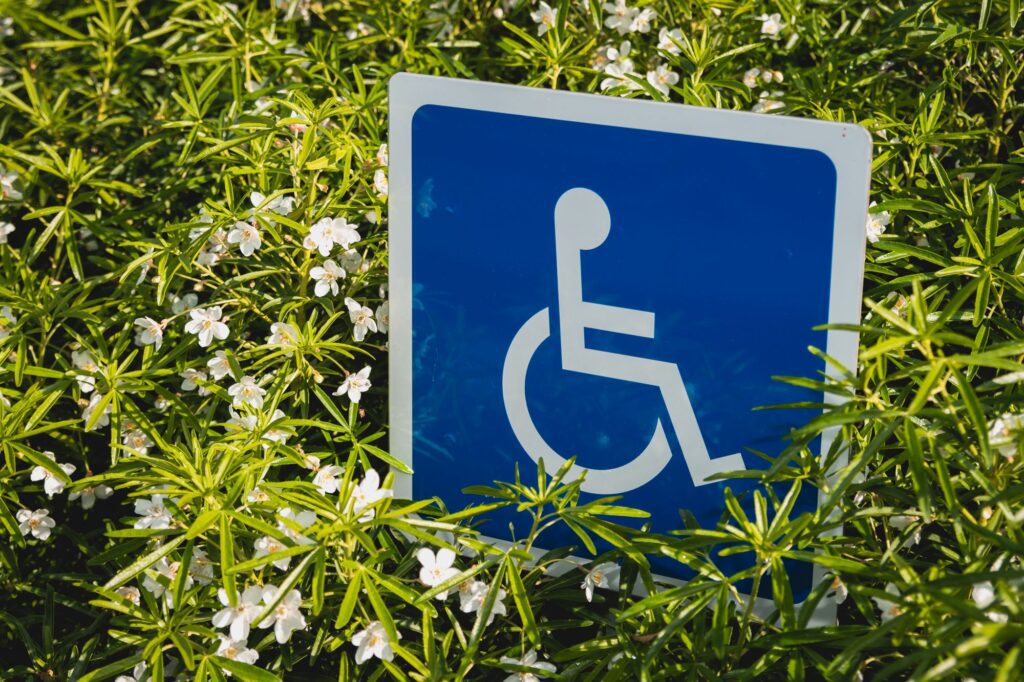Your guide to the Blue Badge parking rules

The Blue Badge scheme allows drivers or passengers with certain medical conditions or disabilities in the UK to park closer to their destination. It was created with fairness and accessibility in mind, but some rules come with it.
This guide explores the rules for Blue Badge holders and restrictions around disabled parking plus all the details you need to park safely and avoid any fines.
Blue Badge rules and regulations
If you are granted a Blue Badge, this will be for your use and benefit only. This means that you should never allow other people, such as family or friends, to use the badge for their own benefit. This includes running errands on your behalf, unless you are travelling with them. You must also never use a copied badge to park or try to change the details on a badge either.
If you or anyone else misuses the badge, this could lead to a £1,000 fine, and your badge may be confiscated and returned to the issuing local council. You must also return the badge when you no longer need it, otherwise you could be fined.
Holding a Blue Badge also means that you may be exempt from paying road tax, depending on whether you meet certain criteria.
How to display a Blue Badge
To adhere to disabled parking bay rules, you must display the badge either on the dashboard or facia panel, where it can be clearly seen through the front windscreen. When displaying the badge, make sure the front is facing upwards and the hologram is visible.
You must also ensure that the details on the front of the badge are easily readable or you could receive a hefty parking fine. If your badge becomes illegible through general wear and tear, for example, you must return the badge to your local council so they can give you a new one.
Where can I park with a Blue Badge?
Image source: Adobe Stock
Blue Badges allow you or the driver of your vehicle to park on-street, in places other vehicles are usually not allowed. However, Blue Badge holders can’t park anywhere at any time. Disabled parking bay laws may differ between local authorities, so if you’re travelling somewhere new, it’s best to do your research first.
For example, there are different disabled badge parking rules in certain areas of London, including:
City of London
City of Westminster
Kensington and Chelsea
Camden.
For more information, check out the governments’ rules and responsibilities for Blue Badge owners in England, Wales, Scotland and Northern Ireland.
As a Blue Badge holder, you can apply for a disabled parking space near your home via your local council. This is often free, but you should check on your local council’s website which you can find using your postcode on GOV.UK.
Is disabled parking free?
Usually, your Blue Badge lets you park for free in the following places:
on streets with parking meters or pay-and-display machines for as long as you need to
in disabled parking bays on streets for as long as you need to, unless a sign says there is a time limit
on single or double yellow lines for up to three hours unless there’s a ‘no loading’ sign.
Some councils let badge holders park even when there is a ‘no loading sign’. Again, you may want to check GOV.UK to find out for sure.
Generally, Blue Badge holders can park for free and without a time limit in many places, however there are restrictions to this. For example, you might have to pay for parking in a private car park, such as a supermarket or hospital car park. If a sign states that there is a time limit for badge holders, you must display your parking clock, which should be provided with your Blue Badge.
While off-street or private car park operators should provide parking spaces for disabled people, it is ultimately up to the car park owner to decide whether badge holders can park free of charge.
When do I need to use a parking clock (disc)?
As mentioned above, you need to use a parking clock if a car park sign states that there is a time limit for Blue Badge parking. The parking clock needs to be displayed along with your Blue Badge on the vehicle’s dashboard or fascia panel, or in a place where it can be seen clearly through the front windscreen.
Upon arrival, you’ll need to set the clock to show the 15 minute period that you arrived. Please note that the parking clock can’t be used instead of or without the Blue Badge, so make sure you display both when parking.
You should receive a parking clock from your local council along with your Blue Badge. If not, you can request one from the council that issued your badge.
Can Blue Badge holders park on double yellow lines?

Image source: Adobe Stock
You can usually park on double yellow lines with a Blue Badge for up to three hours unless there’s a ‘no loading’ sign. This is usually indicated by yellow kerb dashes and/or signs on plates.
However, there are some restrictions. When parking on yellow lines, you must display your Blue Badge and parking clock showing the quarter hour period during which you arrived.
Unfortunately, Blue Badge holders are not entitled to park on yellow lines in off-street car parks.
How long does a Blue Badge last?
A Blue Badge usually lasts up to three years. You must remember to renew it before it expires or you may have a period where you don’t have a valid badge. You can usually reapply for a Blue Badge up to eight weeks before it is due to run out.
Can I use my Blue Badge in any car?
The Blue Badge is linked to you rather than a vehicle, so you can use it with any car. This also includes taxis and hire cars that you’re either driving or travelling in as a passenger.
Disabled driver insurance from Adrian Flux
Offering more than 200 car insurance schemes covering a variety of disabilities, you’re sure to find the right disabled driver insurance policy to suit you and your vehicle.
Do medical conditions have to be declared for car insurance?






